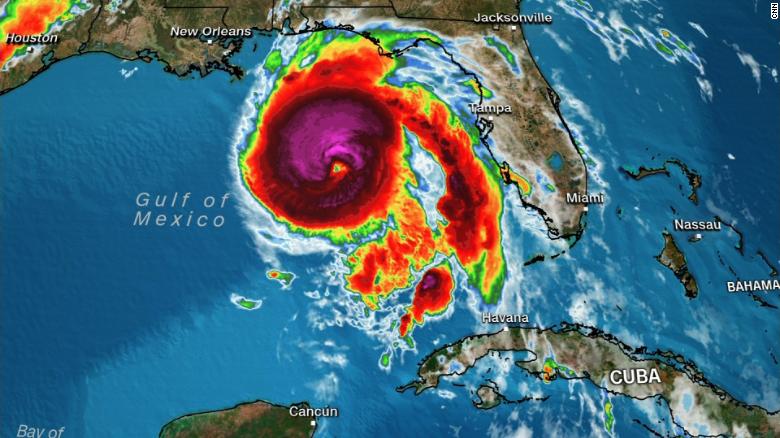With today’s sophisticated technologies to better anticipate storms and hurricanes, we are better prepared than ever to handle this type of natural disaster. Since we have some predictability, organizations can plan ahead to send extra essentials and supplies to hold over until the storm passes.


How a big storm affects the freight market:
Trucks are needed to get emergency supplies where they are needed most, and they are also an integral part of planning for a major storm. Expect delays, as storms may move faster than anticipated and/or your carrier may not want to get too close to the storm.
1. Before the storm – There is a major urgency to move freight into the area or to move freight out of the way of the storm’s path. This causes a huge demand for freight, making it more difficult for shippers to find capacity, especially in the spot market. With FEMA loads adding to the demand, it tightens the market even more.
2. When the storm hits – There basically won’t be much going on until the storm passes. Volumes for the storm zone decline, and any freight that was scheduled to go in or out of the area are stored in temporary warehouses or stay with the truck at a stop outside of the storm zone.
3. After the storm passes – Emergency freight is brought into the affected area, and demand surges. The main issue for carriers are the outbound freight, which is virtually nothing. This usually affects the price, considering the trucker will likely have to deadhead out of the area.
Our team at BOA is experienced in handling your freight in all situations, and have solutions for your supply chain needs when it comes to logistics.

